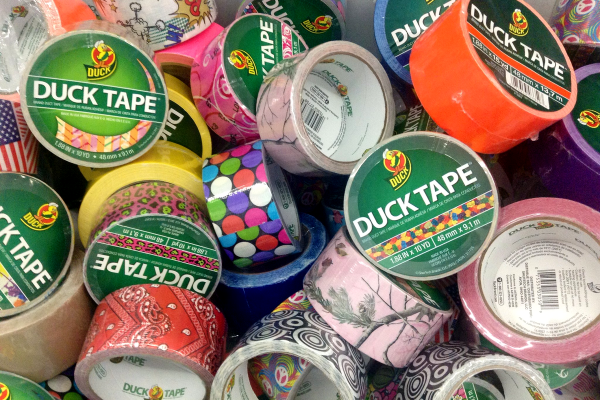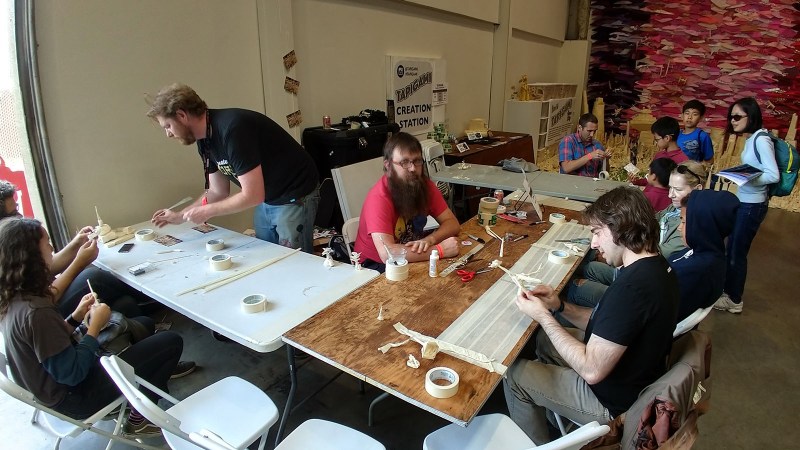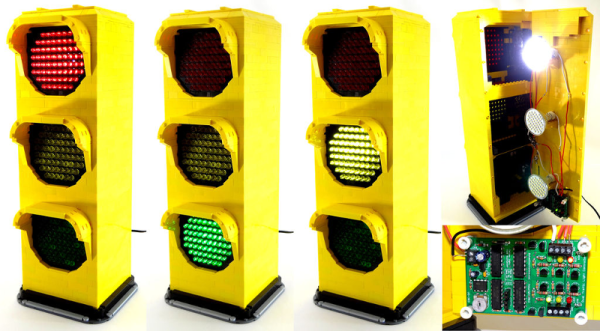If you hack things in the real world, you probably have one or more rolls of duck tape. Outside of the cute brand name, many people think that duck tape is a malapropism, but in truth it is the type of cloth traditionally used in our favorite tape: cotton duck. However, as we’ll see, it’s not entirely wrong to call it duct tape either. Whatever you call it, a cloth material has an adhesive backing and is coated with something like polyethylene.
Actually, the original duck tape wasn’t adhesive at all. It was simply strips of cotton duck used for several purposes, including making shoes and wrapping steel cables like the ones placed in 1902 at the Manhattan Bridge. By 1910, the tape was made with adhesive on one side and soaked in rubber, found use in hospitals for binding wounds. In May 1930, Popular Mechanics advised melting rubber from an old tire and adding rosin to create a compound to coat cotton tape, among other things.





















